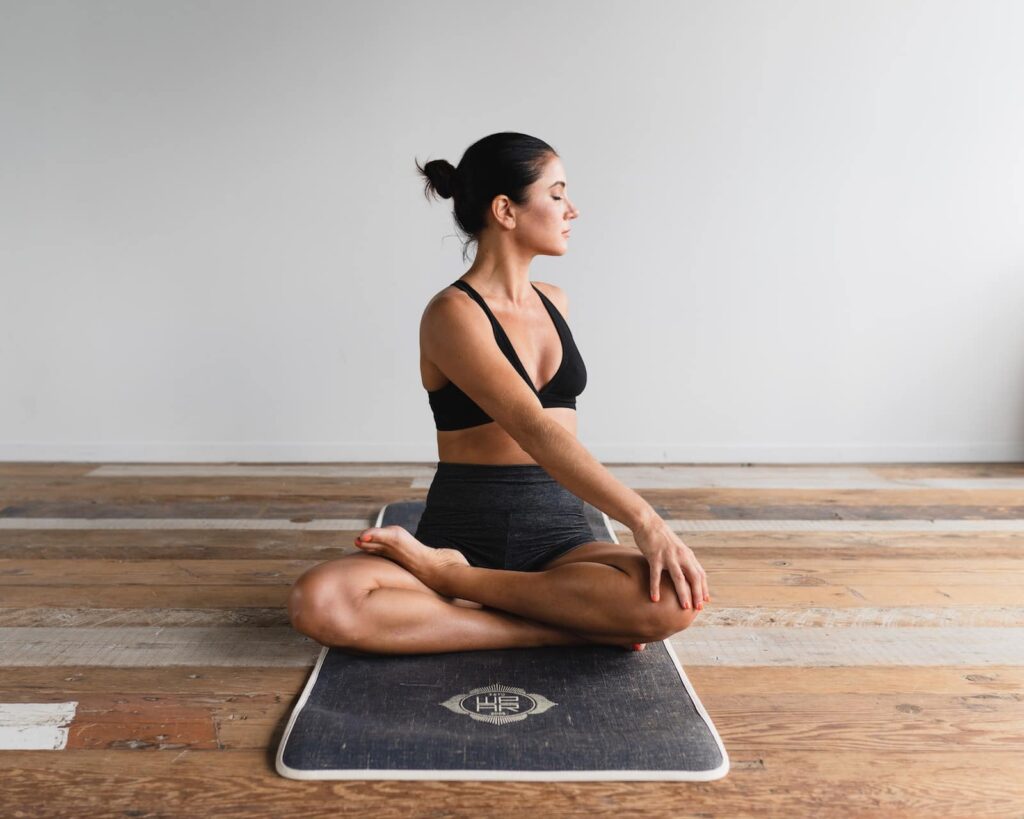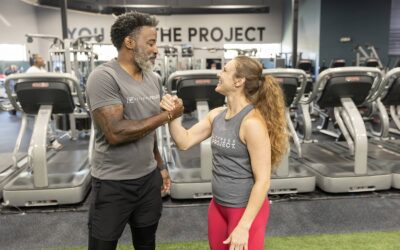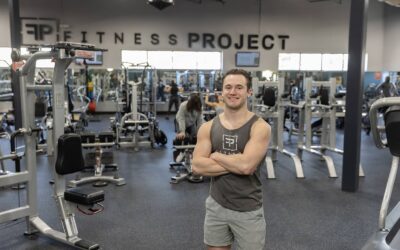6 reasons why yoga should become an everyday practice + 5 yoga exercises to try at home
 If you’re like us, you’re constantly on the go. When it comes to your workouts, you’re not slowing down either. What if we told you that slowing down could have a huge impact on your overall health and wellness?
If you’re like us, you’re constantly on the go. When it comes to your workouts, you’re not slowing down either. What if we told you that slowing down could have a huge impact on your overall health and wellness?
Well, that’s just what we’re here to do…
It’s not a magic potion, but it might be the next best thing. Yoga is a daily practice that’s free, reduces stress & anxiety, improves our quality of life and promotes flexibility.
This slow and intentional form of movement has a number of critical health benefits – all rooted in science!
We’ve put together 6 reasons why you should make yoga part of your daily routine. Keep reading for a few beginner poses to get you started!
1. Reducing Anxiety and stress
There are a number of different anxiety disorders and stress-related illnesses. Generalized anxiety disorder, social anxiety, and specific phobias are included in this. Chronic stress can sometimes be categorized as an anxiety disorder.
According to The American Psychological Association recently, 84% of American adults are feeling the impact of prolonged stress. Yoga works to reduce stress by encouraging mental and physical relaxation. Each element involved in the practice includes intentional, stress-relieving practices such as deep breathing, stretching, and rest.
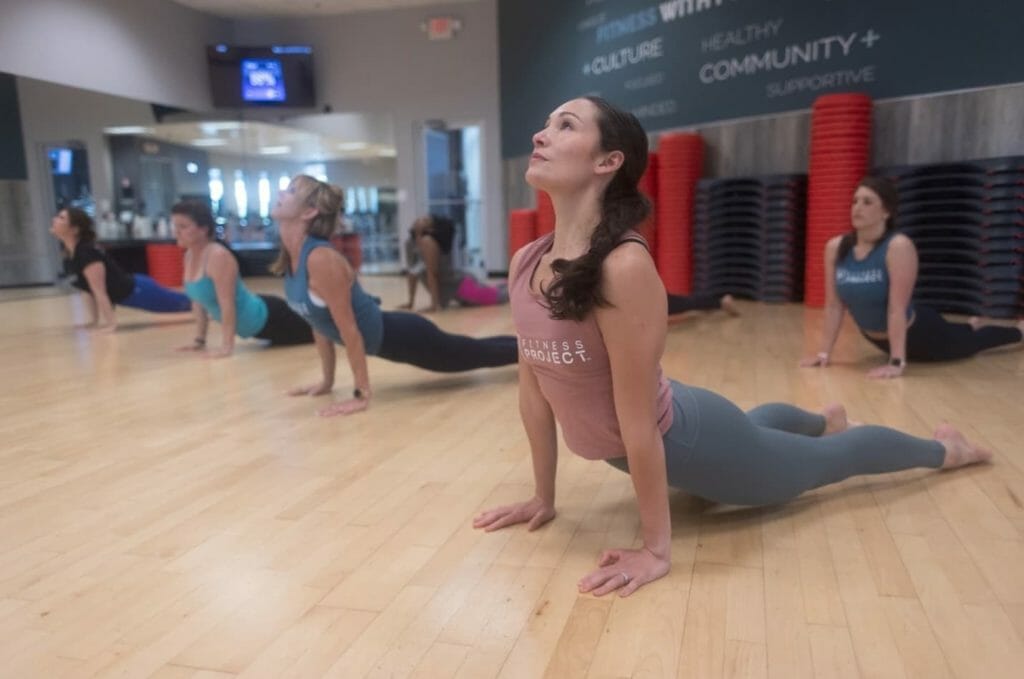 It’s important to remember that physical practice is just one aspect of yoga. Meditation and breathwork have also been shown to significantly lessen tension and relieve stress.
It’s important to remember that physical practice is just one aspect of yoga. Meditation and breathwork have also been shown to significantly lessen tension and relieve stress.
Reducing inflammation
Many chronic illnesses are related to inflammation.
Yoga is proven to reduce cytokine levels, which are known to promote inflammation. Regularly practicing yoga daily may lower the number of compounds in the blood and reduce the level of inflammation that normally rises because of both normal aging and stress!
Yoga is known to be particularly effective in reducing inflammation because, unlike exercise or stress reduction alone, yoga has components of both relaxation techniques and exercise.
Improving Quality of Life
While there are more than 100 different types of yoga, most sessions typically include breathing exercises, meditation, and movements that flex various muscle groups. Yoga, generally, promotes balance, stress reduction and improved sleep.
As a holistic and all-inclusive approach to improved well-being, incorporating a daily practice of yoga undoubtedly points towards an improved quality of life.
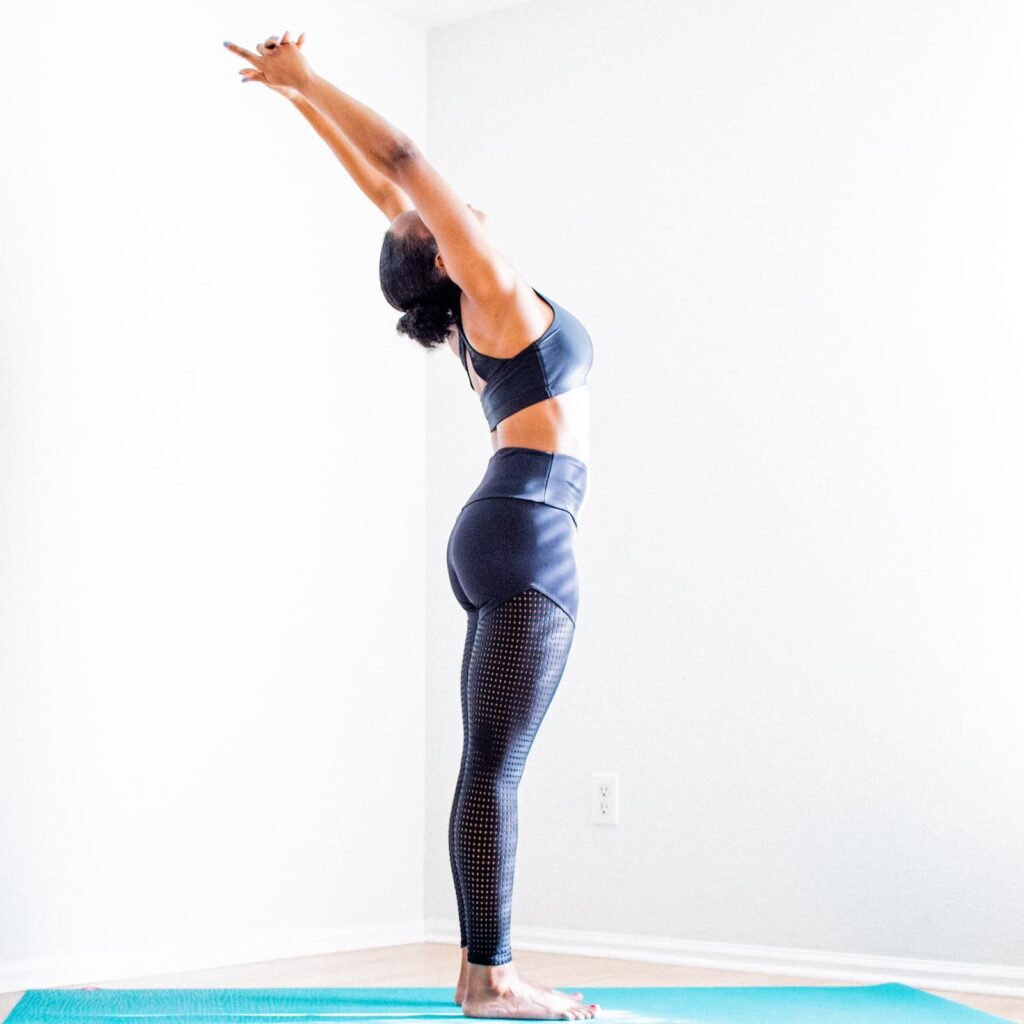
Improving cardiovascular functioning
Research indicates that yogic breathing may actually influence the brain’s cardiorespiratory center to improve functioning.
“Yoga, like other forms of exercise, can improve your cholesterol and blood sugar levels by improving metabolism, and can lower blood pressure by improving artery relaxation.”Dr. Helene Glassberg, a cardiologist at the Penn Heart and Vascular Center
Improving flexibility
Flexibility is an important component of physical health and helps limit the effects of aging.
One of the most commonly known benefits of yoga is the ability to improve flexibility. Whether you’re a professional or a beginner, yoga has a number of various techniques that work towards increasing flexibility.
According to a 2019 study, yoga seems to be especially helpful for improving flexibility in adults ages 65 and older. Reduced flexibility is a natural part of aging, and a 2019 study found that yoga both slowed down loss and improved flexibility in older adults.
Increasing strength
While most people associate yoga with stretching and flexibility, some types of yoga classes can also target strength-building movements.
Yoga is effective in building strength and has been studied in several specific contexts — for instance, as it pertains to people with breast cancer, older adults, and children.
Another study conducted on air force personnel found yoga to be an effective strength-building practice across many age groups of healthy participants.
5 Yoga Exercises to try
Now that you’re briefed on why yoga is the ultimate practice to incorporate into your routine, let’s get you set up with a few simple exercises to try at home or if you want to come in for a Yoga class at FITNESS PROJECT and an instructor can guide you.
Padmasana | Lotus Pose
- Sit on the floor or on a mat with legs stretched out in front of you while keeping your back straight.
- Bend the right knee and place it on the left thigh. Make sure that the sole of the feet is pointed upwards and the heel is close to the stomach. Repeat the same step with the opposite leg.
- With both the legs crossed and feet placed on opposite thighs, place your hands on the knees.
- Keep the head straight and back straight.
- Hold and continue with gentle, long breaths.
Virasana | Hero Pose
- Sit with your legs stretched straight in front of you.
- Fold both legs and sit in a kneeling position. Keep the hips on the heels; your toes should point behind you. (P.S. If you are a beginner, you may want to keep a cushion under your feet for comfort to prevent ankle pain.) You can also choose to keep a cushion or blanket above the feet and below the knees, in case of knee pain. Don’t forget to consult your doctor in case of some special medical conditions.
- Keep your head, neck, and spine in a straight line. Place your palms on your thighs, facing upwards.
- If you are an advanced yoga practitioner, hold this pose for about 15 minutes, while taking long and deep breaths. Beginners may start with about 30 seconds, according to their comfort level.
Balasana | Child’s Pose
- Sit on your heels and keep your hips on your heels.
- Bend forward and lower your forehead to the floor.
- Keep your arms on either side of your body with hands on the floor, palms facing up.
- Gently press your chest on your thighs.
- Hold for as long or as little as you like.
- Slowly raise your stomach, breathing in and out.
Savasana | Corpse Pose
- Lie flat on your back, without a mat, cushions or blanket unless absolutely required.
- Keep your legs apart and let your feet and knees relax completely, toes pointed outwards.
- Place your arms on either sides of your body. Release your hands from a grip and make sure they’re relaxed.
- Relax your entire body.
- Keep breathing slowly and pay attention to how each part of your body feels with intention.
- Keep your eyes closed and take a few deep breaths in and out as you gradually become aware of your environment and the body. When you feel complete, slowly and gently open your eyes.
Tadasana | Mountain Pose
- Stand with your feet slightly apart and make sure that your weight is balanced equally on both feet.
- Breathe in, raise your arms above your head, and connect your fingers.
- Bring your shoulders up to your ears and roll your shoulders back and down your spine. Open your chest and straighten your posture.
- Relax your eyes and continue breathing
